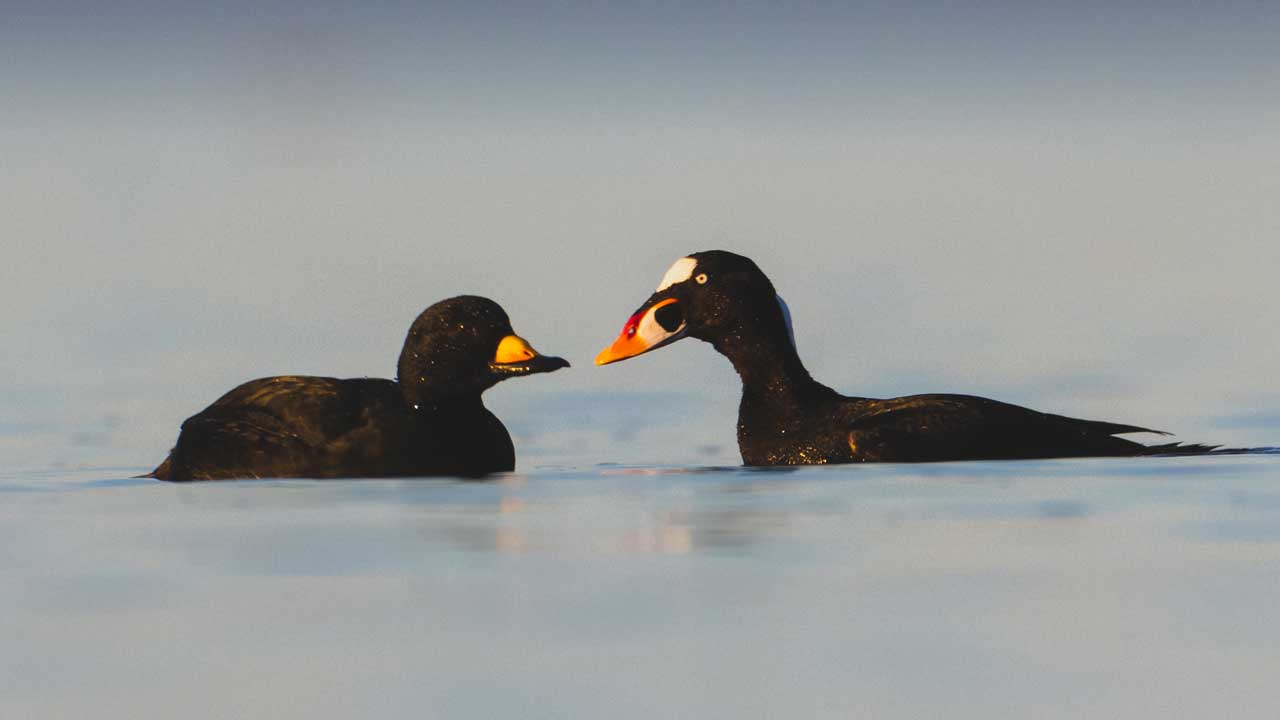Interim Report FY21
Interim Report FY22
Interim Report FY23
Interim Report FY24
Estimating sea duck fecundity and survival using age-at-death data

Project Number: 159
Year Funded: 2020
Lead Institution(s): USFWS, BRI, Virginia Tech
Project Lead: Lucas Savoy
Collaborator(s): Tony Roberts (USFWS), Jesse Fallon (Virginia Tech)
Location: North America
Focal Species: Long-tailed Duck (Clangula hyemalis), Black Scoter (Melanitta americana), Surf Scoter (Melanitta perspicillata), White-winged Scoter (Melanitta delgandi)
Project Description: The primary goal of this project is to obtain an estimate of fecundity and survival for scoters and long-tailed ducks using a measure of pentosidine, a naturally occurring collagen that accumulates over a bird’s lifetime. The results of this project may lead to regular surveys of age-at-death data to track fecundity and survival through time, if the method proves cost-effective and there is some evidence for changing survival through time. There are two primary objectives we will pursue to strengthen our existing data in building a quantitative age index curve: 1) Collect additional skin biopsy samples from known-aged captive surf scoter, white-winged scoter, and long-tailed ducks. Use these skin biopsies to measure pentosidine concentrations in skin samples from known-aged individuals and build an age index curve for each species; 2) Compare the quantitative age index curve between scoter species to determine if curves are comparable and may be useful for black scoters that do not have known-age individuals available to sample.The quantitative relationship between pentosidine and age can be used to estimate the age of scoters that are captured or harvested. A sample of age-at-death data can be used in life table analyses to derive estimates of survival and fecundity.
Project Reports:
